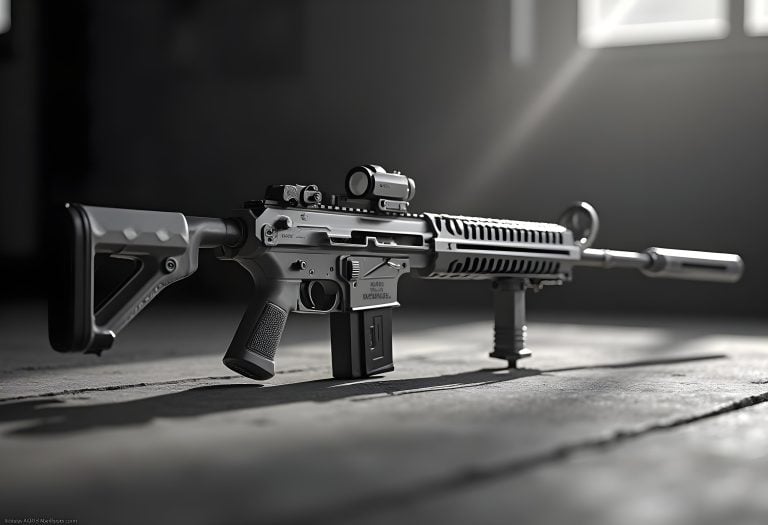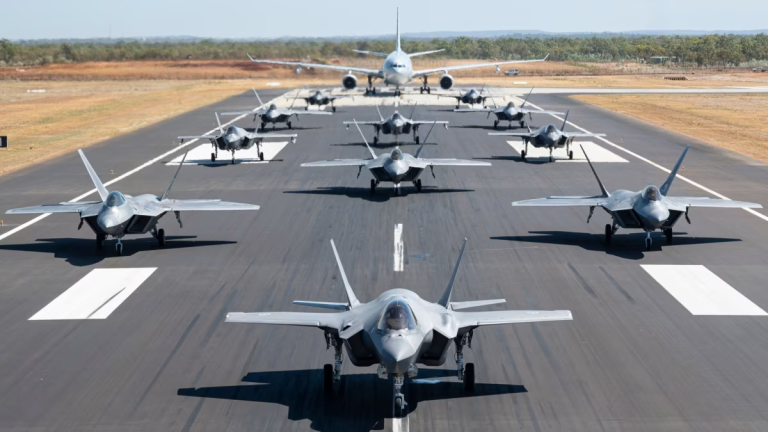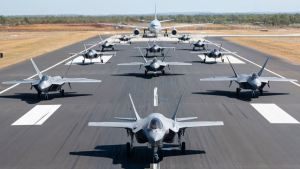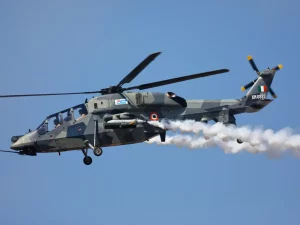A close look at the geo-politics of Asia reveals that India has a key role in ensuring freedom of navigation and trade in the Indo-Pacific. It is no secret that China has been expanding its naval power and has access or control of a few important ports in the region. The need to modernise the Indian Navy is quite self-explanatory in the face of various threats we face. The Indian Navy protects our interests in the region, and this includes its relentless fight against terrorism, illegal trade and trafficking. It is clear that the threats the peninsula faces are multi-faceted, vicious and ever increasing. This understanding led the Government of India to initiate various projects intended to build better battleships, devise improved technologies and modernise our arsenal. It is safe to say that those initiatives have started to pay off in the form of indigenously built battleships, better submarines and advanced weaponry. We bring you 10 best instances of modernisation in the Indian Army:
# 1 INS VIKRANT & INS VISHAL – Indigenous Aircraft Carriers
INS Vikrant, commonly known as Indigenous Aircraft Carrier 1, is an aircraft carrier built for the Indian Navy by Cochin Shipyard Limited. It is the country’s very first aircraft carrier built indigenously. The keel was laid in February 2009, although the work on the ship’s design began in 1999. On December 29, 2011, the ship was floated out of its dry dock and launched on August 12, 2013. The ship began sea testing in August 2021, after completing basin trials in December 2020. Vikrant is slated to enter service in August 2022, with flight testing likely to be completed by the middle of 2023. The project cost roughly 23,000 crores in total.
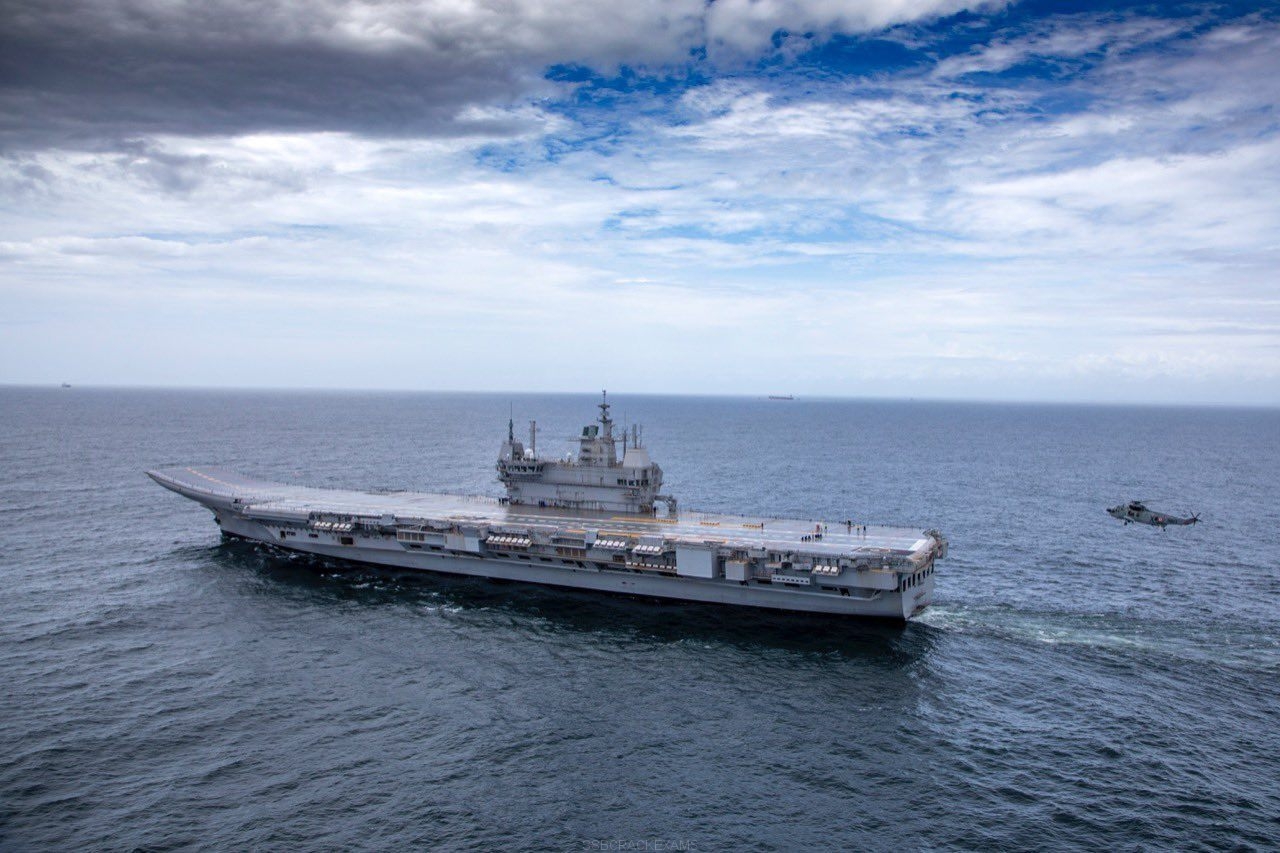
INS Vishal, also known as Indigenous Aircraft Carrier 2 (IAC-2), is a proposed aircraft carrier for the Indian Navy that would be built by Cochin Shipyard Limited. After the INS Vikrant, it is expected to be India’s second indigenous aircraft carrier (IAC-1). The suggested design for the second carrier class will be a completely new design, with considerable differences from Vikrant’s, such as increased size and displacement. A technology called the Electromagnetic Aircraft Launch System (EMALS) is also being considered. More Details: All You Need To Know: India’s First Indigenous Aircraft Carrier INS Vikrant To Be Commissioned Next Year
# 2 Acquiring Submarines
The Indian Navy will spend Rs550 billion on six diesel-electric submarines under the Project-75 India (Project-75I or P75I) programme. Project-75I, the successor to the Project 75 Kalvari-class attack submarine programme, will create a new class of attack submarines with enhanced air-independent propulsion systems that will allow them to stay submerged for extended periods of time and provide increased operating range. The Indian Navy intends to buy 24 submarines in total, including six nuclear-powered submarines.
# 3 Indigenous Submarines

A new class of 13,500t ballistic missile submarines is also being developed. According to Indian media, the S-5 submarines would be double the weight of the Arihant-class submarines and will be able to carry 12 nuclear missiles. The submarine’s final design is still being worked on. In addition, the $17 billion Project 75 Alpha nuclear-powered assault submarines (SSN) programme is moving forward, with the conceptual design phase finished in February 2020. The first three submarines are scheduled to be built in 2023-24, with the remaining three receiving approval later. In 2032, the first boat is planned to begin service. Submarine Design Group will provide the ship class final design approval in Gurugram, the nuclear reactor will be manufactured in Kalpakkam, the hull will be built in Hazira, and assembly and sea trials will be completed at the ship-building centre in Visakhapatnam.
# 4 Next-Gen Destroyers
The Visakhapatnam-class destroyers, also known as the P-15 Bravo-class destroyers or simply P-15B, are a class of guided-missile destroyer presently under construction for the Indian Navy. The P-15B destroyers are the successors of the P-15A destroyers. Mazagon Dock Limited will construct four boats in India: Visakhapatnam, Mormugao, Imphal, and Porbandar (MDL). The P-15B class has significant weapons, technology, and stealth enhancements over the P-15A class.
The class’s construction began in 2013, and the first ship’s keel was laid in October of that year. The class is projected to take less time to build than the Kolkata class because there will be no substantial re-designing. Each battleship is anticipated to save $1 billion in expenditures as a result of this. The first ship was launched on April 20, 2015, and is anticipated to join the Indian Navy in 2021, with other ships arriving on a yearly basis. The class’s first ship, Visakhapatnam, completed its basin trials successfully in December 2020 and is expected to be handed to the Indian Navy in late 2021.
#5 Combat Aircrafts aboard Vikrant and Vishal

The HAL Two Engine Deck Based Fighter (TEDBF) is a carrier-based multirole combat aircraft with a canard delta wing and twin engines that is presently in development for the Indian Navy. The Aeronautical Development Agency planned and developed the plane, which would be constructed by Hindustan Aeronautics Limited. Air supremacy, air interdiction, anti-access/area denial, anti-ship attack, and electronic warfare are among the roles that the aircraft is designed to undertake. The MiG-29K is slated to be replaced by the INS Vikramaditya and the forthcoming INS Vikrant in Indian Navy service.
In reaction to the Indian Navy’s displeasure with flying a single-engine carrier-based fighter based on Tejas and ultimate withdrawal from the naval Light Combat Aircraft programme in 2016, the programme was formally announced in 2020. At Aero India 2021, a replica of the aircraft was on show. The maiden flight is scheduled for 2026, with service introduction following in 2032. The design’s twin engines are anticipated to allow the Indian Navy’s Short Take-off But Arrested Recovery (STOBAR) aircraft carriers to take off faster. It will have folding wings for storage as a specialised deck-based fighter. The new aircraft will mostly be armed with weapons developed in India.
# 6 Better Frigates
Frigate is a lighter type of battleship. The Indian Government authorised Project 17A, which would deliver seven modern frigates, in February 2015 to improve the Indian Navy’s combat capacity. MDSL will build four Nilgiri-class frigates, while GRSE will build the remainder as part of a Rs500 billion deal. The class’s flagship ship, INS Nilgiri, was launched in September 2019, and the keel for the class’s 3rd frigate was laid in September 2020.
The stealth frigates will be fitted with weaponry, sensors, and an integrated platform management system, and will be based on the Project 17 Shivalik-class. The ship’s air defence capabilities will be greatly enhanced thanks to the integration of the Barak-8 surface-to-air missile, which can be launched from a vertical launch system and can launch several missiles at once. It will also be equipped with the BrahMos supersonic cruise missile.
# 7 Upgrading ship yards and building facilities
The Mazdock Modernisation Project (MMP), which includes a new Wet Basin, a second Heavy Duty Goliath Crane, a module workshop, a cradle assembly shop, and other auxiliary facilities, was completed in July 2016 at the Mazagon shipyard. The Visakhapatnam shipyard of Hindustan Shipyard Ltd was modernised in 2018 to allow for the building of sophisticated warships such as landing platform docks and conventional and strategic submarines. The shipyard inked a US$ 2.3 billion agreement with a Turkish shipyard in March 2020 to produce fleet support vessels (FSVs).
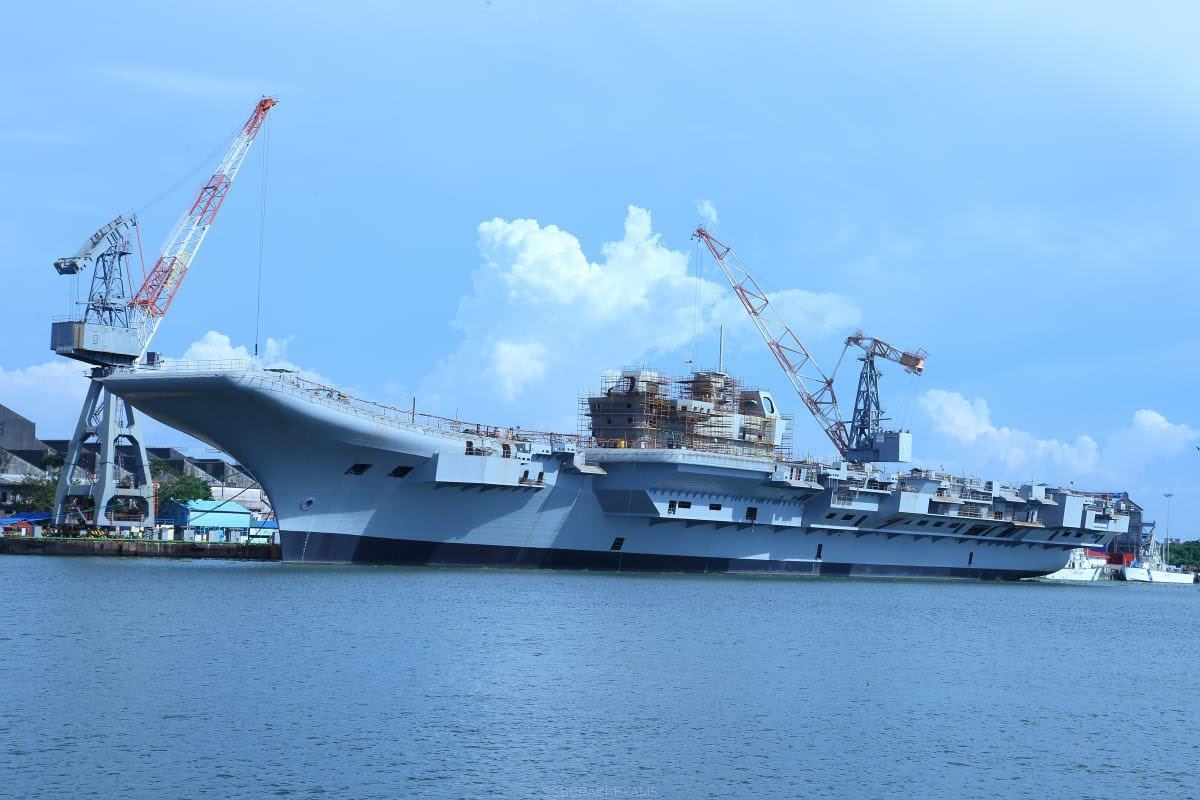
Cochin Shipyard Limited has also signed a memorandum of understanding with Kolkata Port Trust to lease its Netaji Subhas Dock. Under the A&N administration in Port Blair, discussions are underway for the management and upkeep of the Marine Dockyard complex. The yard was granted a contract of INR 6311 crore (US$ 860 million) to build eight anti-submarine warfare shallow water crafts (ASWSWCs) for the Indian Navy in April 2019.
# 8 Entry of Private Sector Shipyards
Larsen & Toubro (L&T) and Reliance Naval & Engineering Limited are two notable participants in this sector. L&T was a member of India’s top-secret ATV nuclear-powered submarine project, and its Hazira shipyard also produced the OPV Vikram for the Coast Guard.The private sector has tried very hard to enter the shipbuilding industry. L&T and Pipavav Defence, for example, have invested heavily and constructed outstanding facilities. Following its previous naval expertise, L&T established a mega-shipyard at Kattupalli in 2012, which it has been operating since. Pipavav, too, invested in a massive shipyard at Bhavnagar, Gujarat, with India’s largest drydock and the country’s first modular construction facility.
The Cabinet Committee on Economic Affairs (CCEA) authorised a request by the shipping ministry in October 2019 to refund subsidy claims filed by yards for completed shipbuilding contracts under the shipbuilding subsidy system, which ran for five years and concluded on August 14, 2007. In May 2020, Finance Minister Nirmala Sitaraman announced efforts to indigenize defence equipment, including hiking FDI restrictions from 49 to 74 percent.
# 9 INS Anvesh
Anvesh is India’s first floating missile test range (FTR). According to reports, the ship will begin its sea trial in September 2021 and will be commissioned by the end of the year. The vessel, which is fitted with electro-optical missile tracking, S-band radar tracking, telemetry devices, as well as a launch pad, control, and mission control centre, will be used by the DRDO to assess its phase II of Ballistic Missile Defence (BMD) interceptor missiles. Phase II of the BMD entails using kinetic force to intercept and destroy enemy missiles with a range of up to 5000 kilometres, with the FTR permitting real testing of the interdictor missiles rather than computer simulations.
# 10 Next-Gen Missile Vessels
For the Indian Navy, this is a projected class of anti-surface warfare corvettes. The Indian Navy plans to purchase six modern missile corvettes as part of this initiative. Anti-ship or ground assault missiles such as the BrahMos or Nirbhay will be carried by ships of this class. Advanced stealth features such as a low radar cross section, infrared, acoustic, and magnetic signatures will be included aboard ships of this class.
The Cochin shipyard was awarded the contract to build six Next Generation Missile Vessels for a total cost of ten billion rupees in February 2021. The ships will be equipped with eight surface-to-surface missiles, a full-fledged surface-to-air missile system with point defence capabilities, and an MR gun system with a range of 15 kilometres (9.3 miles). The ships will also be equipped with 360-degree anti-missile defence and radar and electro-optically guided close-in weapon systems.
Also Read:






